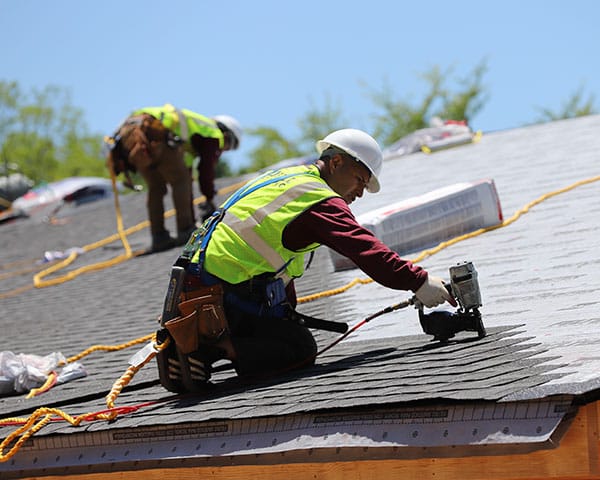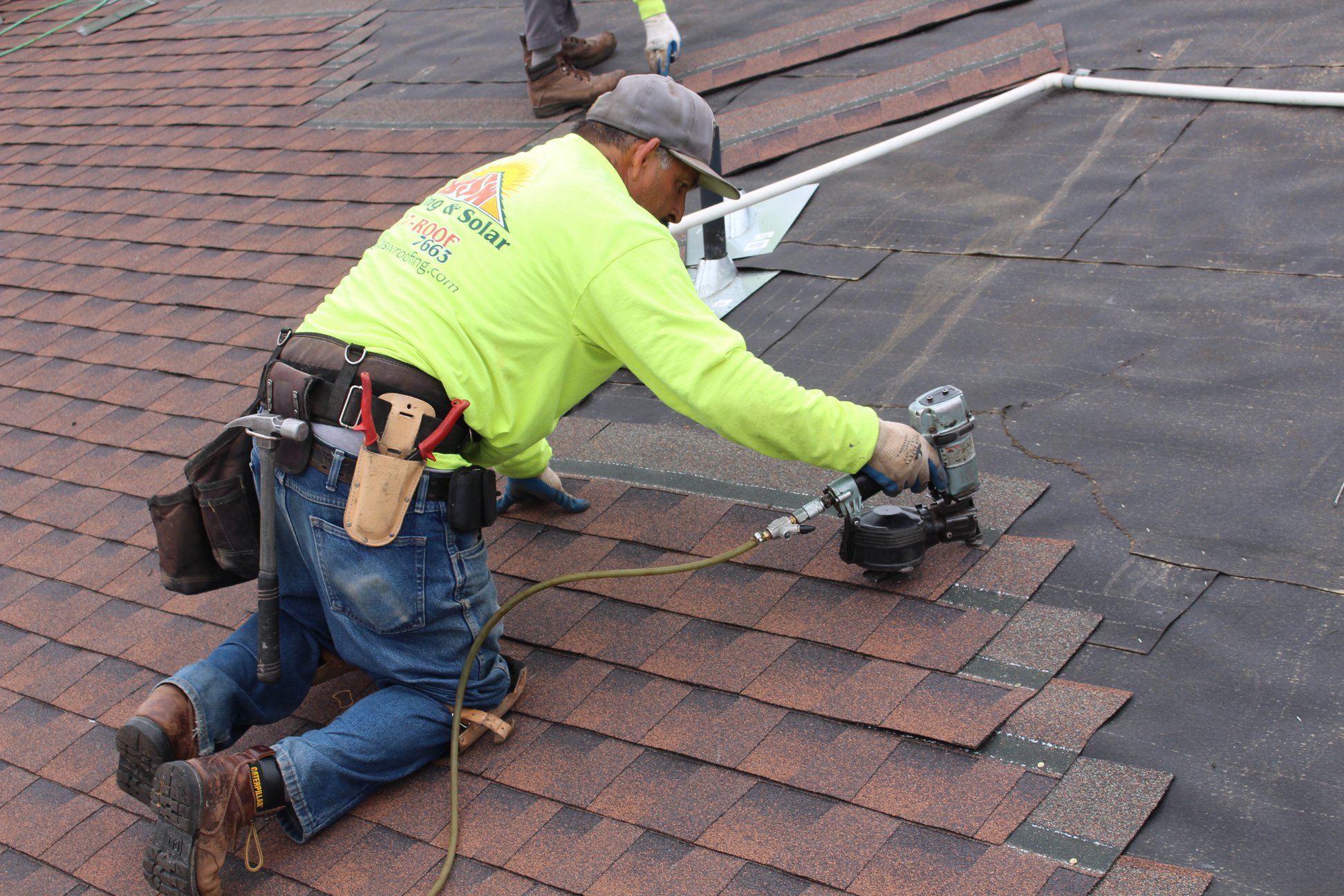A Comprehensive Take A Look At Roofing Companies Gainesville Citizens Recommend
Finest Practices for Ensuring Proper Roofing Ventilation
A well balanced intake and exhaust vent proportion, frequently 1:300, plays a critical role, with intake vents ideally put at the reduced side of the roofing for great air entrance and exhaust vents at the optimal for warm air exit. Maintaining insulation away from vents is critical to avoid airflow limitation.
Understand Air Flow Fundamentals
Effectively understanding ventilation essentials is important for making certain the long life and performance of roof. Reliable ventilation alleviates wetness build-up and temperature extremes in the attic, both of which can result in considerable architectural damage in time. A well-ventilated roofing helps in preventing common problems such as mold growth, wood rot, and ice dams, which can compromise the stability of the roof products and the underlying structures.
The main goal of air flow is to help with the motion of air, enabling for a regular exchange in between the interior and outdoor settings. This balance is achieved via a mix of consumption and exhaust vents that work together to maintain ideal air movement. Consumption vents, generally located along the soffits or eaves, permit fresh air to go into the attic space, while exhaust vents, frequently located at or near the roofing ridge, allow hot, damp air to get away.
Secret factors affecting the performance of roof ventilation include correct placement, adequate sizing, and ensuring that both consumption and exhaust vents are unobstructed. Normal examination and maintenance are essential to identify possible clogs, damages, or inefficiencies in the air flow system, therefore securing the roofing system's performance and longevity.
Sorts Of Roofing System Vents
Roof covering vents play a vital role in keeping effective attic room ventilation and, by expansion, the overall wellness of the roof covering system. Various types of roofing vents are readily available, each with unique advantages tailored to particular roof covering requirements.

Soffit vents are installed under the eaves and job in tandem with roof vents to guarantee a balanced consumption and exhaust system. By allowing cooler air to go into from below, soffit vents assist in the expulsion of hot air with top vents. Gable vents, situated on the exterior walls of the attic room, deal an additional reliable remedy, especially in homes with gable roofs.
Evaluate Your Present Ventilation

Next, take into consideration the age and condition of your roofing products and air flow elements. Older systems may not abide by present building ordinance or may have deteriorated in time, minimizing their performance. Conduct a detailed evaluation to identify any type of indications of wear and tear, such as corrosion, damages, or voids that might jeopardize the system's performance.
In addition, visit this site right here gauge the attic room temperature level and humidity levels. High temperatures and moisture can show inadequate ventilation.
Setup Best Practices
Reliable setup of roof air flow systems is paramount for making certain ideal efficiency and long life. Proper installation begins with recognizing the details ventilation needs of the roofing system and the building it covers. This includes calculating the correct ratio of consumption to exhaust vents, generally adhering to the 1:300 guideline, which stipulates one square foot of ventilation for every single 300 square feet of attic room floor room.

Intake vents must be installed at the roofing's reduced edge, often in the soffits, to enable awesome air to go into. Exhaust vents, on the other hand, ought to be mounted near or at the roofing system's optimal to assist in the exit of warm, wet air.
Seal all air vent connections diligently to avoid air leakages and potential water seepage. Usage premium products and adhere to maker standards to make certain toughness and performance. Additionally, incorporating ridge vents with baffles can substantially boost air movement efficiency by preventing wind-driven rain and snow from entering the attic.
Eventually, precise installation of roofing air flow systems alleviates prospective get redirected here problems such as mold and mildew growth, ice dams, and architectural damages, making sure the roofing system's honesty and the structure's total health.
Regular Maintenance Tips
Consistency in upkeep methods is basic to ensuring the lasting effectiveness of roof covering air flow systems. Regular assessments are essential, ideally executed biannually-- in the spring and autumn. During these examinations, make sure that vents are without particles, nests, and various other obstructions that could hinder airflow. Look for any type of indicators of wetness accumulation or mold, as these can suggest improper air flow or leaks (gainesville fl roofing companies).
Cleansing the vents is another necessary job. Use a soft brush or a vacuum cleaner to remove dirt and debris from consumption and exhaust vents. Beware not to damage the vent displays or louvers during the process. Additionally, check the attic room for any kind of indications of water damages, which could jeopardize the stability of the roof.
Appropriate insulation is just as vital. Make certain that attic insulation does not block the vents, as this can badly limit air flow. Rearrange or change it to keep you could try these out an effective obstacle. if any insulation has actually shifted or cleared up.
Last but not least, change any type of harmed or missing out on elements quickly. Damaged vents, split roof shingles, or shabby flashing can all contribute to insufficient ventilation and should be addressed without delay. Regular maintenance guarantees that the roof air flow system works ideally, thereby extending the lifespan of the roofing system itself.
Verdict
Ensuring correct roof ventilation is paramount for maintaining the performance and longevity of a roof. Adherence to the 1:300 intake and exhaust vent proportion, combined with the tactical placement of vents, is important. Regular biannual inspections, particles cleaning, and making certain insulation does not obstruct airflow are important techniques. Carrying out these best techniques will certainly cultivate a well-ventilated roof, thereby minimizing prospective problems related to moisture accumulation and extreme warm, ultimately extending the roof's life-span.
A balanced consumption and exhaust air vent proportion, generally 1:300, plays a pivotal function, with consumption vents ideally positioned at the lower edge of the roof covering for amazing air access and exhaust vents at the peak for warm air departure. Intake vents, usually located along the soffits or eaves, permit fresh air to get in the attic room room, while exhaust vents, frequently located at or near the roof covering ridge, make it possible for hot, damp air to get away.
Soffit vents are mounted under the eaves and job in tandem with roof vents to make sure a well balanced consumption and exhaust system. By enabling cooler air to go into from below, soffit vents promote the expulsion of warm air with upper vents. Adherence to the 1:300 intake and exhaust vent ratio, coupled with the calculated positioning of vents, is crucial.